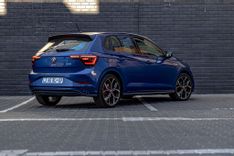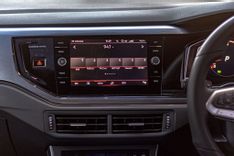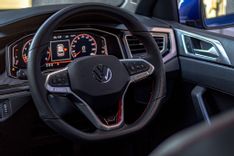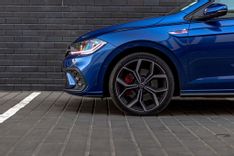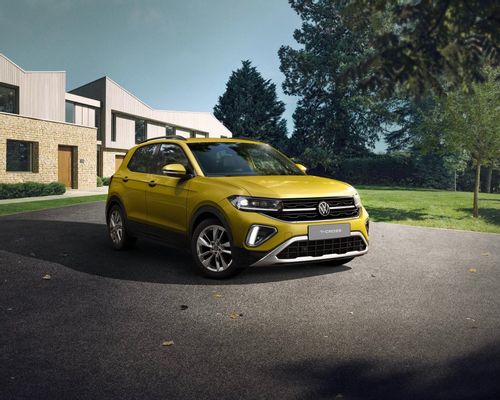VW Polo GTI: Is This the Ultimate Everyday Hot Hatch?
The Volkswagen Polo GTI has been a staple of the South African hot hatch scene for years, and the latest iteration continues that legacy. With a starting price of R573,300, it packs a punch with its 2.0L TSI engine delivering 147kW and 320Nm of torque, mated to a slick 6-speed DSG gearbox. But is it the perfect daily driver? Let's dive in.
From the moment you lay eyes on the Polo GTI, its sporty intentions are clear. The iconic red GTI stripe across the honeycomb grille, sharp LED headlights, and those 18-inch gloss black rims with red brake calipers all scream performance. It's a design that's both aggressive and refined, perfectly capturing the essence of the GTI badge. And in South Africa, that badge carries serious weight.
The GTI moniker holds a special place in the hearts of South African petrolheads. It represents a perfect blend of performance, practicality, and affordability. Over the years, the Polo GTI has evolved, starting with the early 1.8T models, progressing to the supercharged 1.4 TSI, and now boasting the potent 2.0L TSI. Each generation has built on the GTI's reputation for accessible performance, and this latest version is no exception.
The engine is a gem. It pulls strongly throughout the rev range, and the DSG gearbox delivers lightning-fast shifts. Overtaking is a breeze, and the 0-100km/h sprint is dispatched in a respectable 6.7 seconds. While it may not be a full-blown hot hatch like its bigger brother, the Golf GTI, it offers more than enough performance for daily driving thrills.
But the Polo GTI isn't just about straight-line speed. It handles exceptionally well, with a composed ride and minimal body roll. The steering is sharp and precise, making it a joy to carve through corners. And when you just want to cruise, the Polo GTI settles down into a comfortable and refined ride.
Inside, the Polo GTI is a pleasant place to be. The cabin is well-built, with quality materials and a sporty design. The flat-bottomed steering wheel, red stitching, and GTI badging add to the sporty ambiance. The digital instrument cluster and infotainment system are intuitive and easy to use, with features like Apple CarPlay and Android Auto. While rear legroom might be a bit tight for taller passengers, the front seats are comfortable and supportive.
One of the biggest selling points of the Polo GTI is its practicality. It offers decent boot space and a spare tire, which is becoming increasingly rare these days. It's also packed with safety features, including a 5-star Euro NCAP safety rating, adaptive cruise control, lane assist, and front assist.
In a market where its main rivals, the Renault Clio RS and Ford Fiesta ST, have disappeared, the Polo GTI stands alone. It offers a unique blend of performance, practicality, and affordability that's hard to beat. It's no wonder that the Polo GTI continues to be a popular choice in South Africa.
So, is the new VW Polo GTI the perfect daily driver? It certainly ticks a lot of boxes. It's fun to drive, practical, well-equipped, and safe. While the price tag might be a bit steep for some, the Polo GTI offers exceptional value for money. If you're looking for a hot hatch that can handle the daily grind with a smile, the Polo GTI is definitely worth considering.

